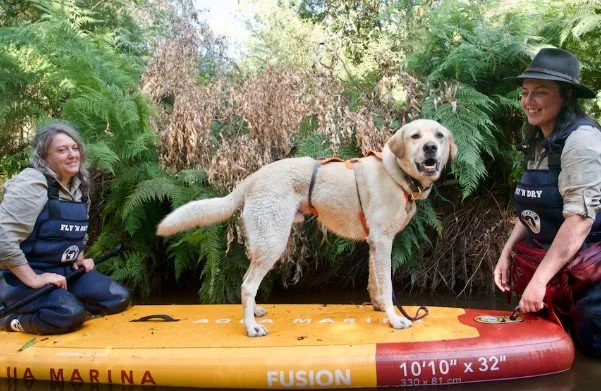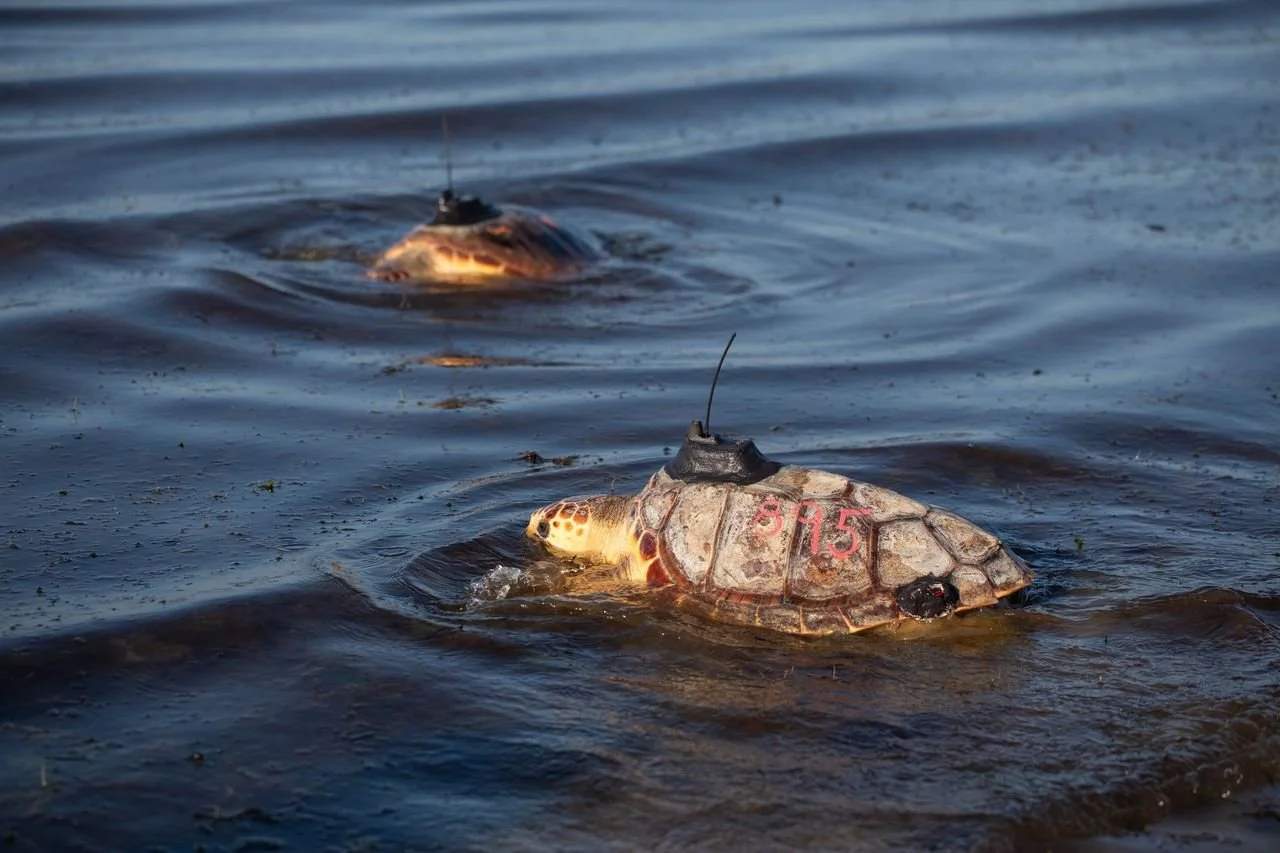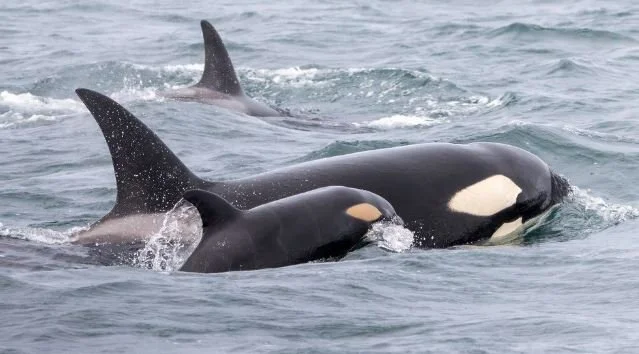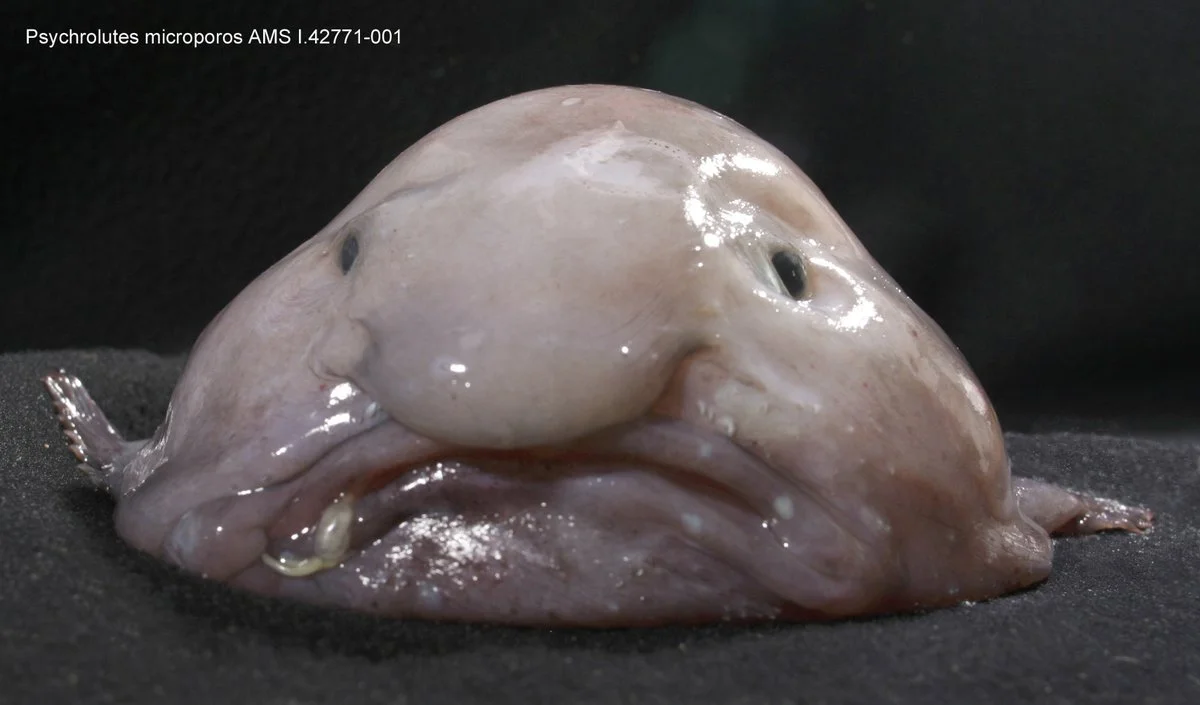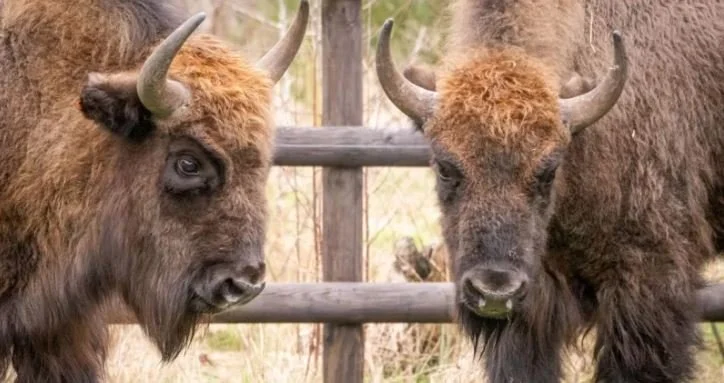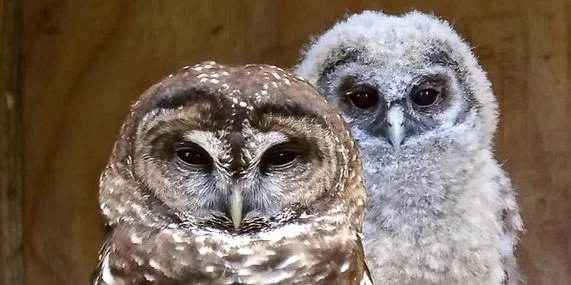Cougars once roamed freely throughout much of North America but were exterminated in many states by the 20th century, including Michigan, which killed off its last wild specimen in 1906. In recent years the predator has been seen again on the Upper Peninsula and wildlife experts wonder if the species can re-establish a breeding population here.
Hi.
Welcome to my blog.












